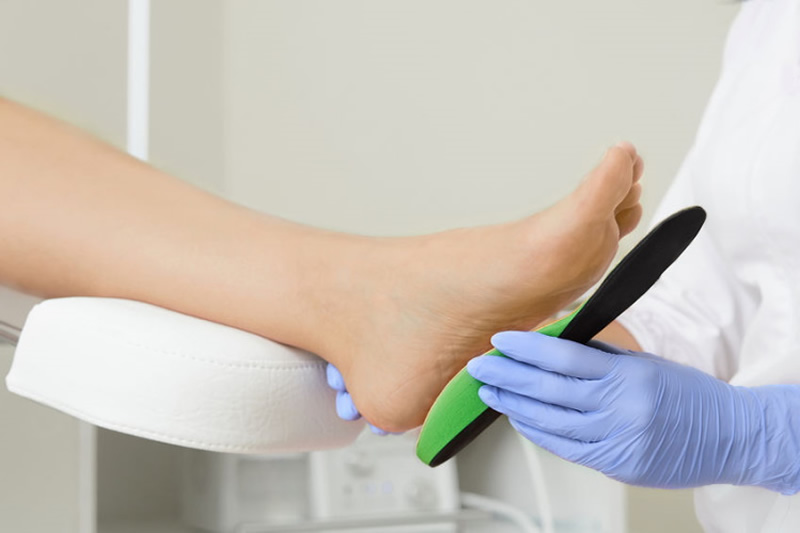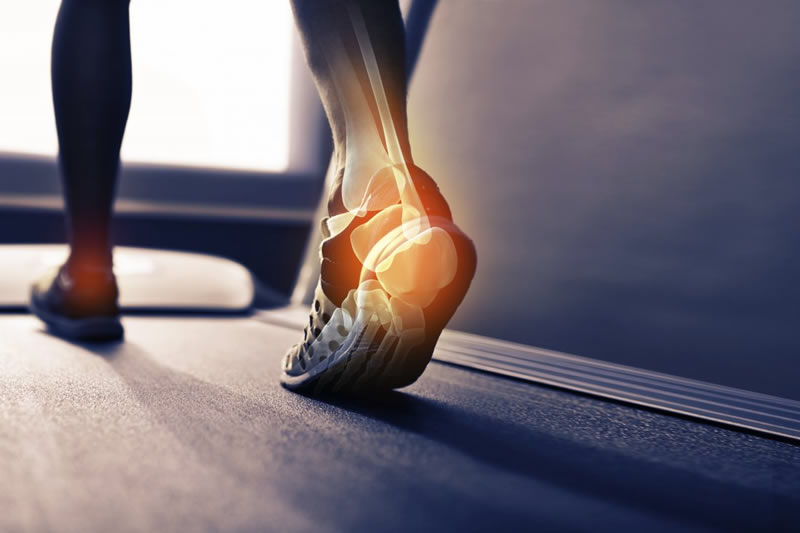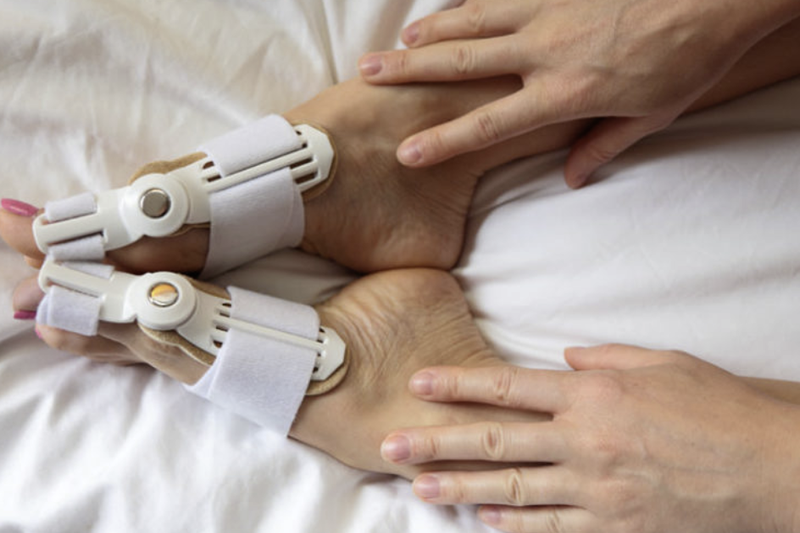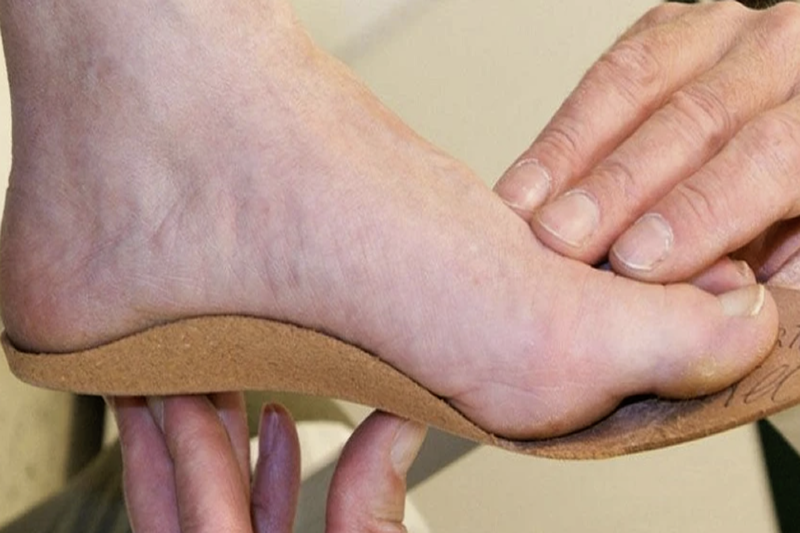
- Research Name Prescription Custom Orthotics and Shoe Inserts
- Patient Anonymous Patient
- Doctor Dr. Babajide A. Ogunlana
- Category Foot & Ankle Disorder
- Date 26th April 2020
- Location Missouri City, Texas
- Call Us +2817785560
What are Prescription Custom Orthotics?
Custom orthotics are specially-made devices designed to support and comfort your feet. Prescription orthotics are crafted for you and no one else. They match the contours of your feet precisely and are designed for the way you move. Orthotics are only manufactured after a podiatrist has conducted a complete evaluation of your feet, ankles, and legs, so the orthotic can accommodate your unique foot structure and pathology.
Prescription orthotics are divided into two categories:
- Functional orthotics are designed to control abnormal motion. They may be used to treat foot pain caused by abnormal motion; they can also be used to treat injuries such as shin splints or tendinitis. Functional orthotics are usually crafted of a semi-rigid material such as plastic or graphite.
- Accommodative orthotics are softer and meant to provide additional cushioning and support. They can be used to treat diabetic foot ulcers, painful calluses on the bottom of the foot, and other uncomfortable conditions.
Podiatrists use orthotics to treat foot problems such as plantar fasciitis, bursitis, tendinitis, diabetic foot ulcers, and foot, ankle, and heel pain. Clinical research studies have shown that podiatrist-prescribed foot orthotics decrease foot pain and improve function.
Orthotics typically cost more than shoe inserts purchased in a retail store, but the additional cost is usually well worth it. Unlike shoe inserts, orthotics are molded to fit each individual foot, so you can be sure that your orthotics fit and do what they’re supposed to do. Prescription orthotics are also made of top-notch materials and last many years when cared for properly. Insurance often helps pay for prescription orthotics.
What are Shoe Inserts?
You’ve seen them at the grocery store and at the mall. You’ve probably even seen them on TV and online. Shoe inserts are any kind of non-prescription foot support designed to be worn inside a shoe. Pre-packaged, mass produced, arch supports are shoe inserts. So are the “custom-made” insoles and foot supports that you can order online or at retail stores. Unless the device has been prescribed by a doctor and crafted for your specific foot, it’s a shoe insert, not a custom orthotic device—despite what the ads might say.
Shoe inserts can be very helpful for a variety of foot ailments, including flat arches and foot and leg pain. They can cushion your feet, provide comfort, and support your arches, but they can’t correct biomechanical foot problems or cure long-standing foot issues.
The most common types of shoe inserts are:
- Arch supports: Some people have high arches. Others have low arches or flat feet. Arch supports generally have a “bumped-up” appearance and are designed to support the foot’s natural arch.
- Insoles: Insoles slip into your shoe to provide extra cushioning and support. Insoles are often made of gel, foam, or plastic.
- Heel liners: Heel liners, sometimes called heel pads or heel cups, provide extra cushioning in the heel region. They may be especially useful for patients who have foot pain caused by age-related thinning of the heels’ natural fat pads.
- Foot cushions: Do your shoes rub against your heel or your toes? Foot cushions come in many different shapes and sizes and can be used as a barrier between you and your shoe.
Choosing an Over-the-Counter Shoe Insert
Selecting a shoe insert from the wide variety of devices on the market can be overwhelming. Here are some podiatrist-tested tips to help you find the insert that best meets your needs:
- Consider your health. Do you have diabetes? Problems with circulation? An over-the-counter insert may not be your best bet. Diabetes and poor circulation increase your risk of foot ulcers and infections, so schedule an appointment with a podiatrist. He or she can help you select a solution that won’t cause additional health problems.
- Think about the purpose. Are you planning to run a marathon, or do you just need a little arch support in your work shoes? Look for a product that fits your planned level of activity.
- Bring your shoes. For the insert to be effective, it has to fit into your shoes. So bring your sneakers, dress shoes, or work boots—whatever you plan to wear with your insert. Look for an insert that will fit the contours of your shoe.
- Try them on. If all possible, slip the insert into your shoe and try it out. Walk around a little. How does it feel? Don’t assume that feelings of pressure will go away with continued wear. (If you can’t try the inserts at the store, ask about the store’s return policy and hold on to your receipt.)
When to Visit a Podiatrist
If you are simply looking for extra cushioning or support, you may wish to try an over-the-counter shoe insert first. If you have serious pain or discomfort, however, schedule an appointment with a podiatrist. He or she will assess your overall health and look for any other contributing factors. Today’s podiatrists are specially trained to evaluate the biomechanics of the lower extremity.
Your podiatrist will examine your feet and how you walk. He or she will listen carefully to your complaints and concerns and assess the movement and function of your lower extremities. Some also use advanced technology to see how your feet function when walking or running.
The information gathered during the exam will help your podiatrist determine if shoe inserts might be helpful or if you need prescription orthotics. If orthotics are needed, your podiatrist will capture a three-dimensional image of each foot. Those images, as well as any measurements obtained by your podiatrist, are used to create a set of unique foot supports that will improve your foot movement and lead to more comfort and mobility. Your podiatrist might also suggest additional treatments to improve the comfort and function of your feet.



